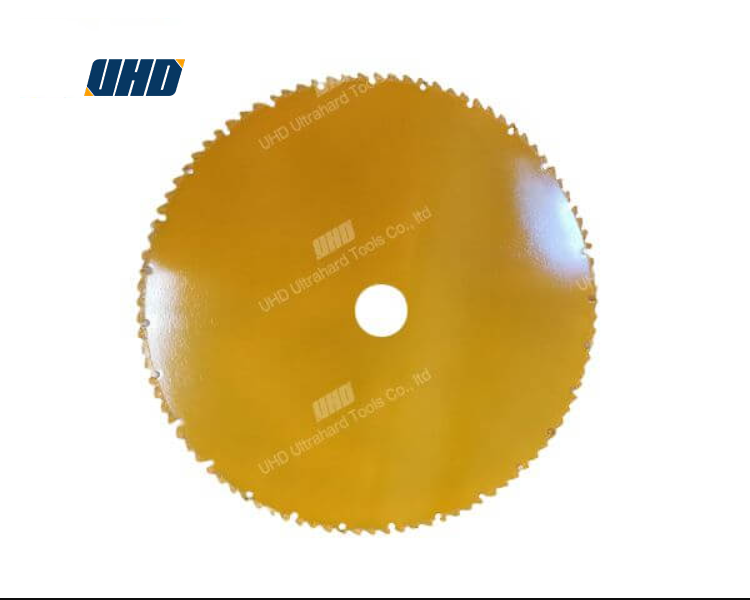
In today’s competitive manufacturing landscape, every second and every dollar counts. Traditional resin-bonded saw blades may seem cost-effective at first glance—but they often lead to hidden expenses: frequent replacements, downtime, and inconsistent cuts. Enter 钎焊金刚石锯片 (sintered diamond blades), a proven solution that transforms cutting operations across industries—from automotive parts to stone fabrication.
A typical resin blade lasts only 6–8 hours under continuous use on medium-hard materials like gray cast iron. That means 3–5 replacements per shift—adding up to $150–$250 in blade costs alone. More importantly, each change causes 15–20 minutes of lost productivity. For a shop running two shifts daily, that’s over 2 hours of idle time—and thousands in avoidable labor costs annually.
| Material Type | Resin Blade Life | Sintered Diamond Blade Life | Efficiency Gain |
|---|---|---|---|
| Gray Cast Iron | 6–8 hrs | 20–25 hrs | +200% uptime |
| Stainless Steel | 4–6 hrs | 18–22 hrs | +250% efficiency |
| Granite/Stone | 5–7 hrs | 25–30 hrs | +300% output |
Real Case Study: A precision machining facility in Germany switched from standard resin blades to sintered diamond blades with high-manganese steel base and premium-grade diamonds. Their blade replacement cycle increased from once every 8 hours to once every 24 hours—a 3x improvement. Labor costs dropped by 25%, and production throughput rose by 18%. “We didn’t just save money—we gained control,” said the plant manager.
Longer-lasting blades also mean fewer dust emissions. On average, a single resin blade generates 3–5 grams of fine particulate matter per hour during cutting. In contrast, sintered diamond blades produce up to 60% less dust due to their stable bond structure and reduced vibration. This not only meets OSHA standards but improves air quality in workshops—reducing respiratory issues among workers and lowering health-related absenteeism.
Moreover, consistent performance reduces operator fatigue and errors. When cuts are clean and predictable, there's less need for rework or manual corrections—another layer of savings that doesn't show up on invoices but matters deeply in long-term profitability.

For manufacturers looking to reduce waste, improve safety, and boost margins without major capital investment—upgrading to long-life diamond blades is one of the smartest moves you can make. It’s not just about buying better tools; it’s about building smarter processes.
Ready to see how this works in your shop? Let us help you calculate your potential savings based on current usage patterns.
Get Your Free Efficiency Audit Now →
